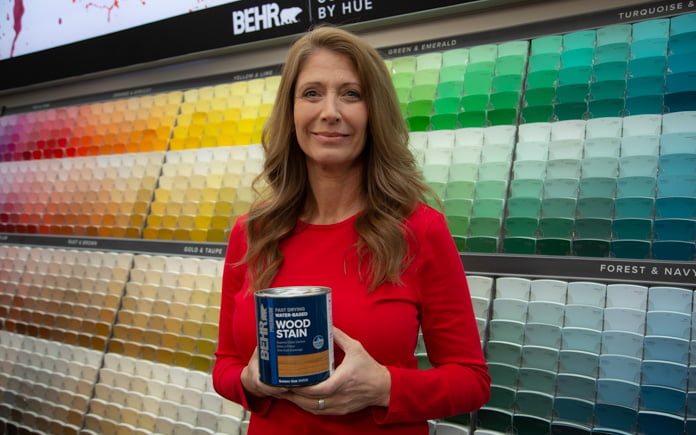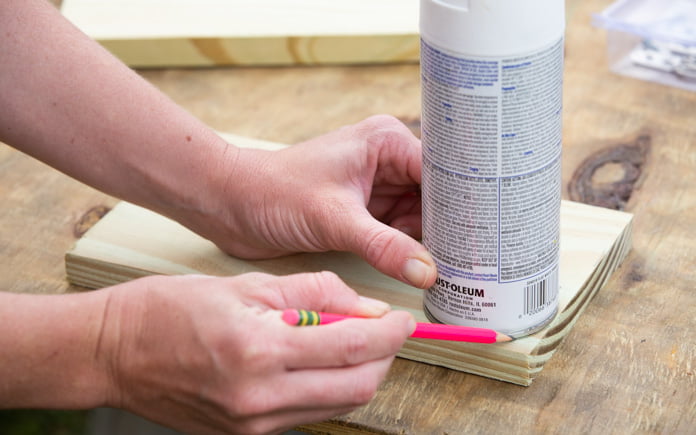Staining Wood? Here’s a Fast Drying Solution
Staining is a simple way to give new life to an old piece of wood. Wood stains create vibrant colors that enhance the natural beauty of woods. However, it’s a job that requires often requires a lot of guesswork. How will the stain react to your project? Will the color work with the rest of … Read more










